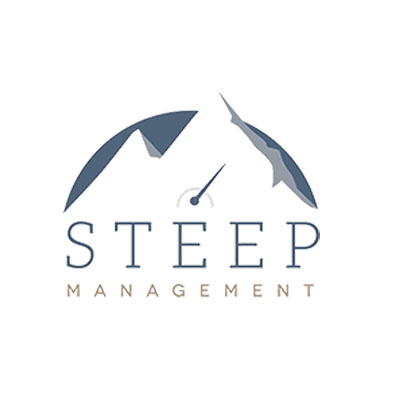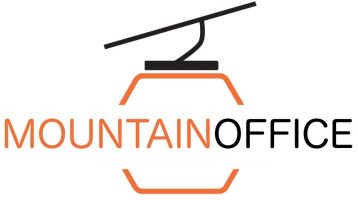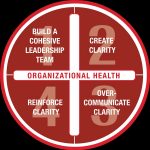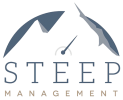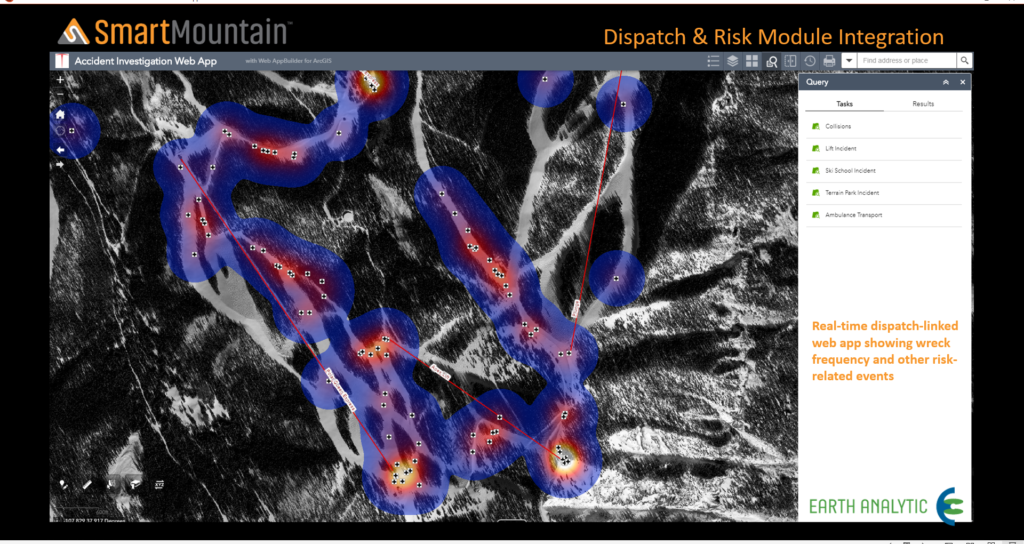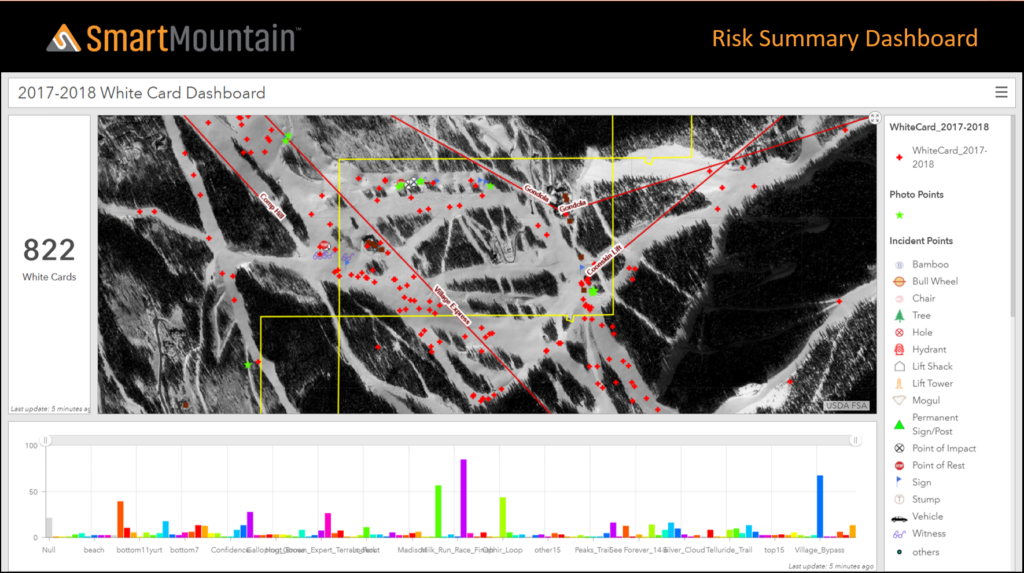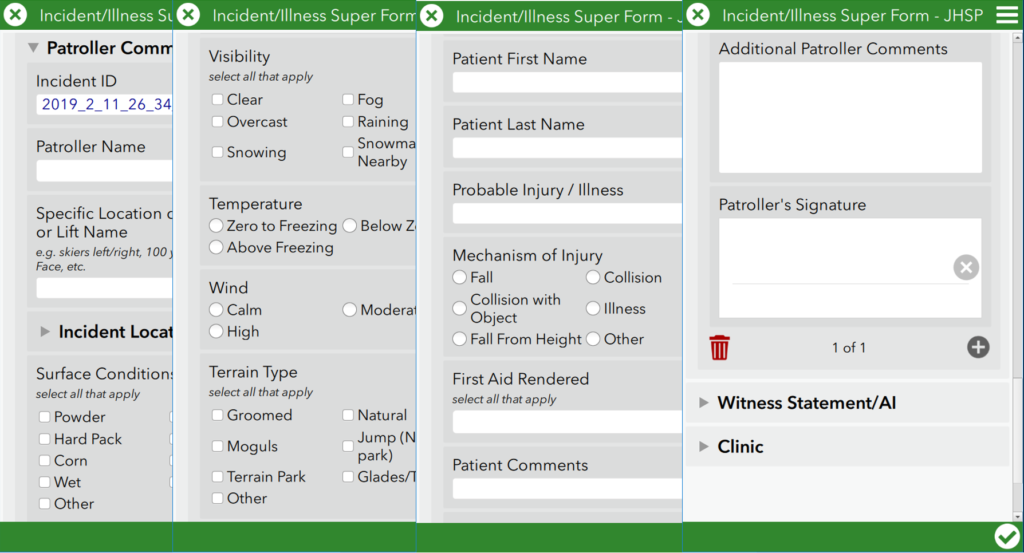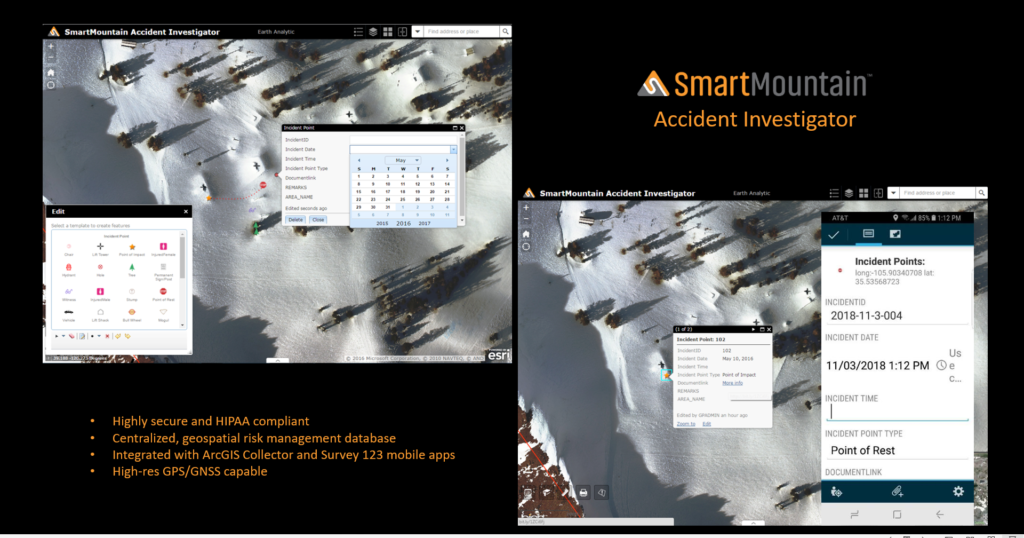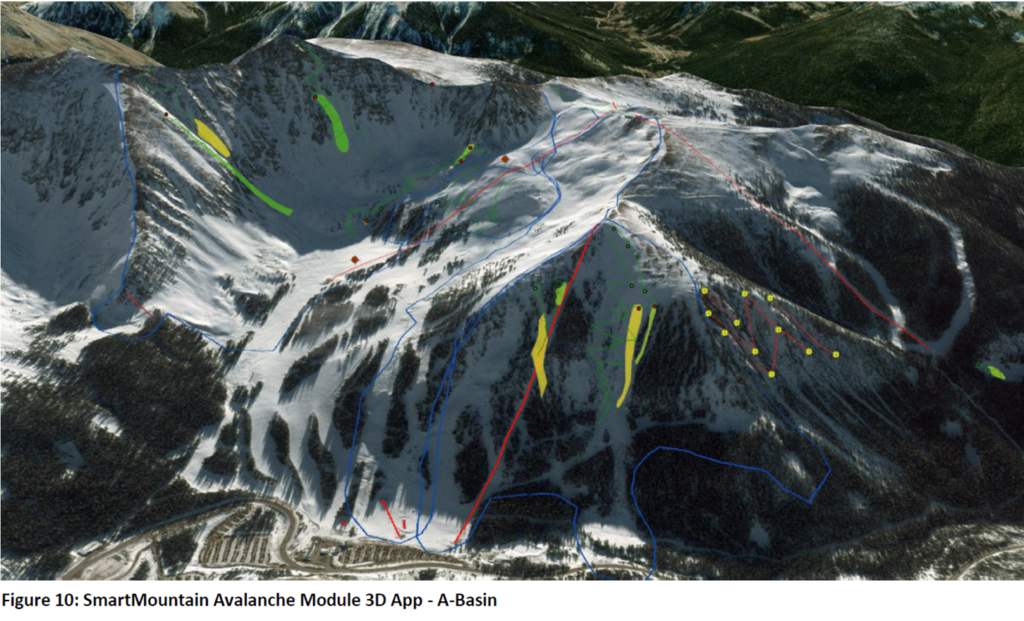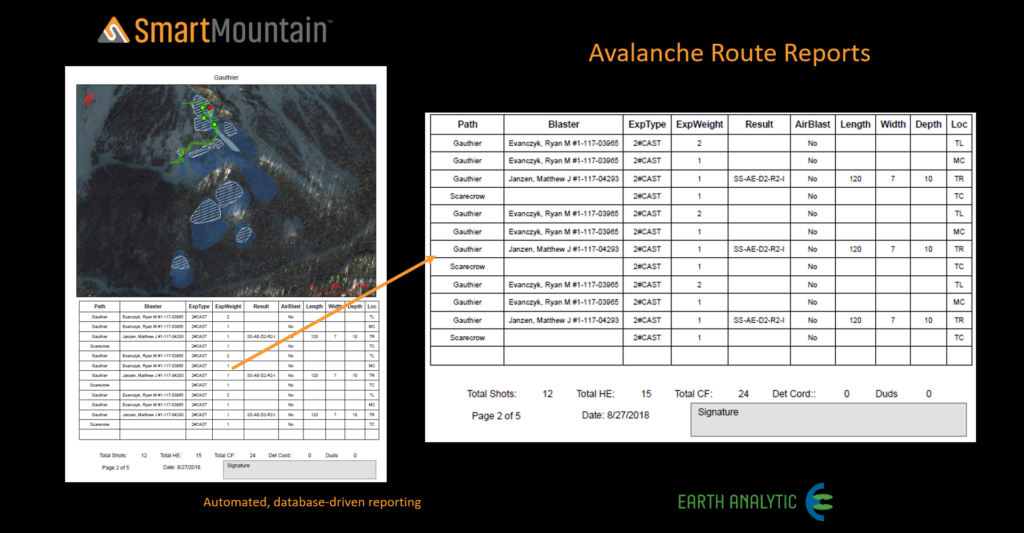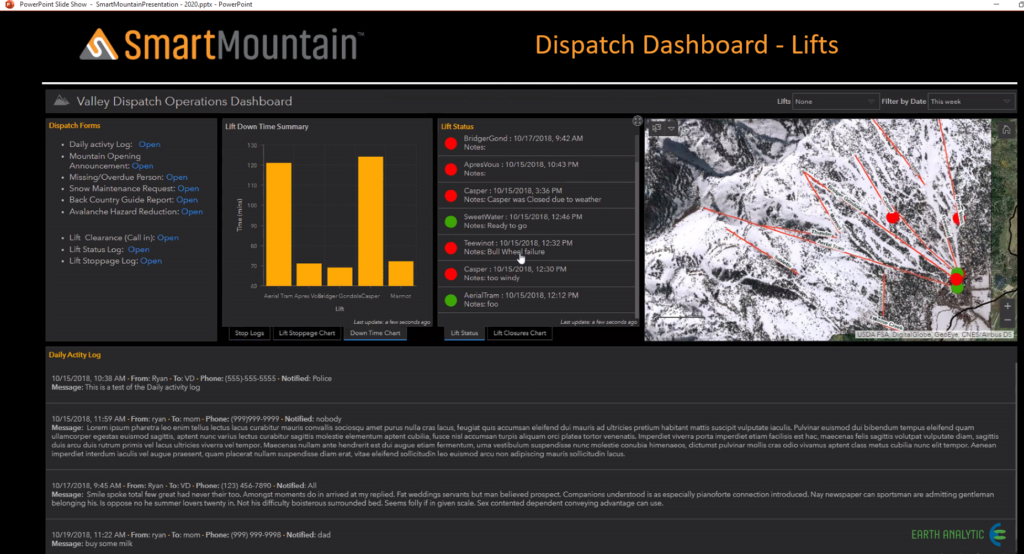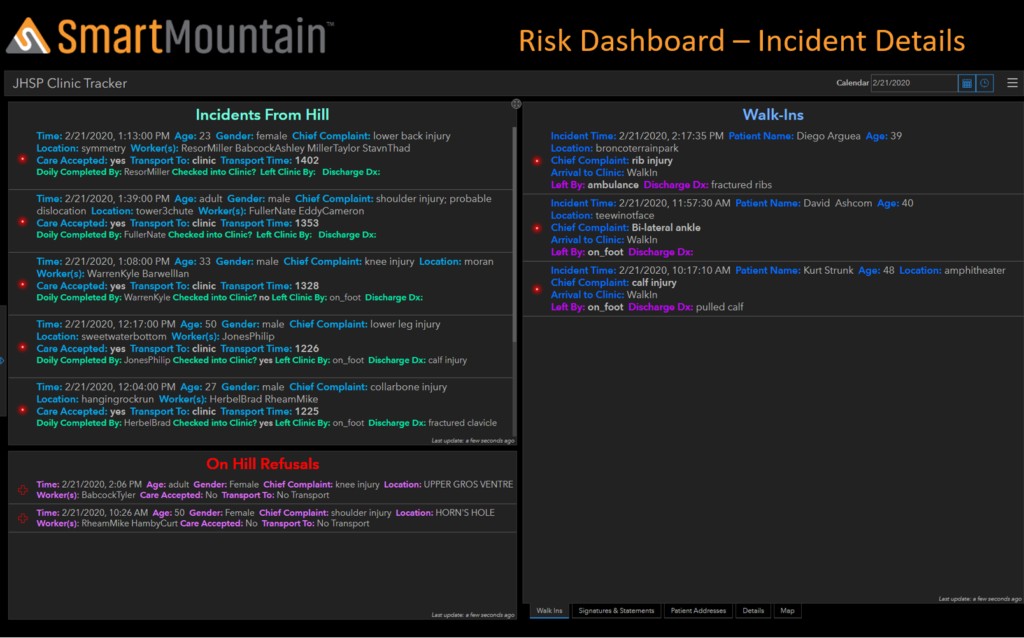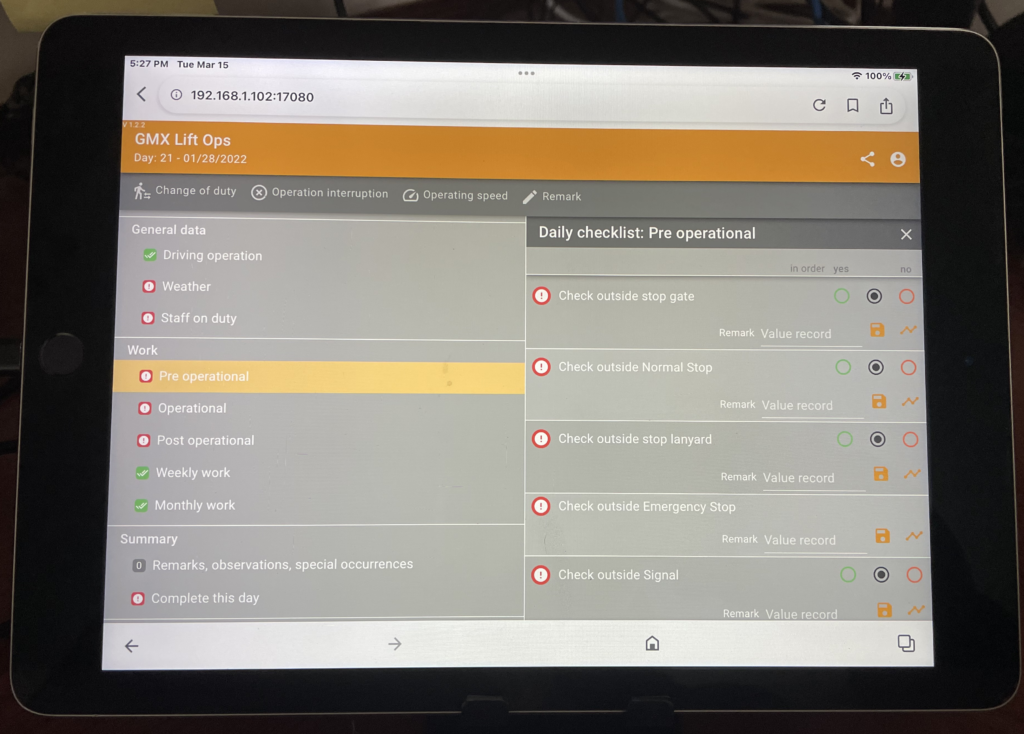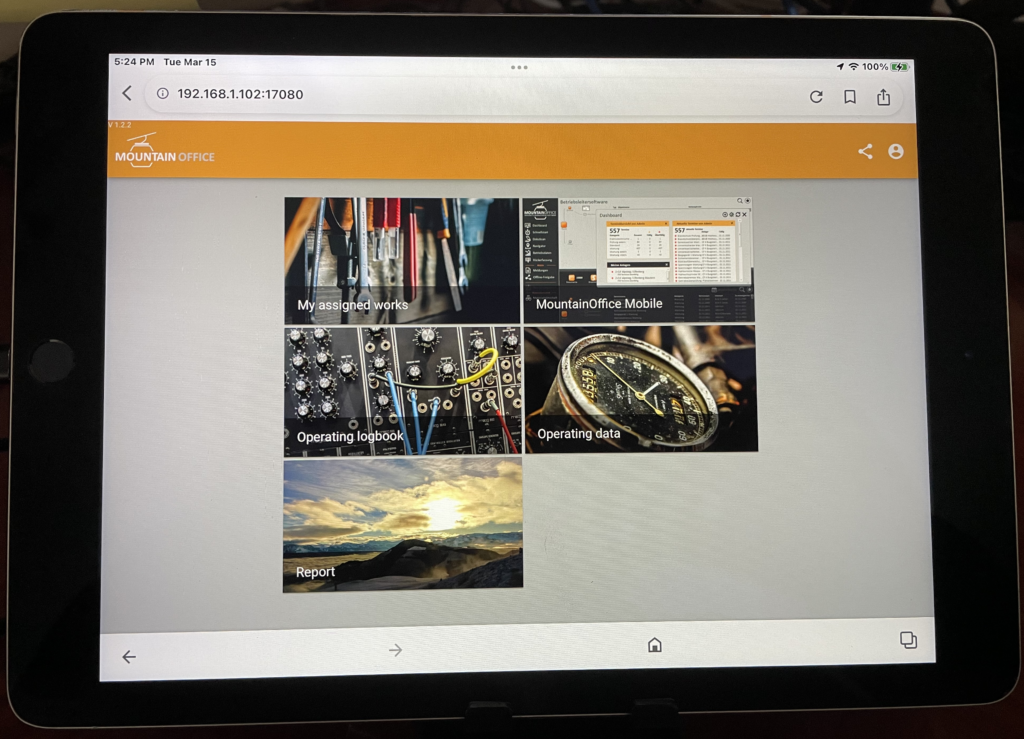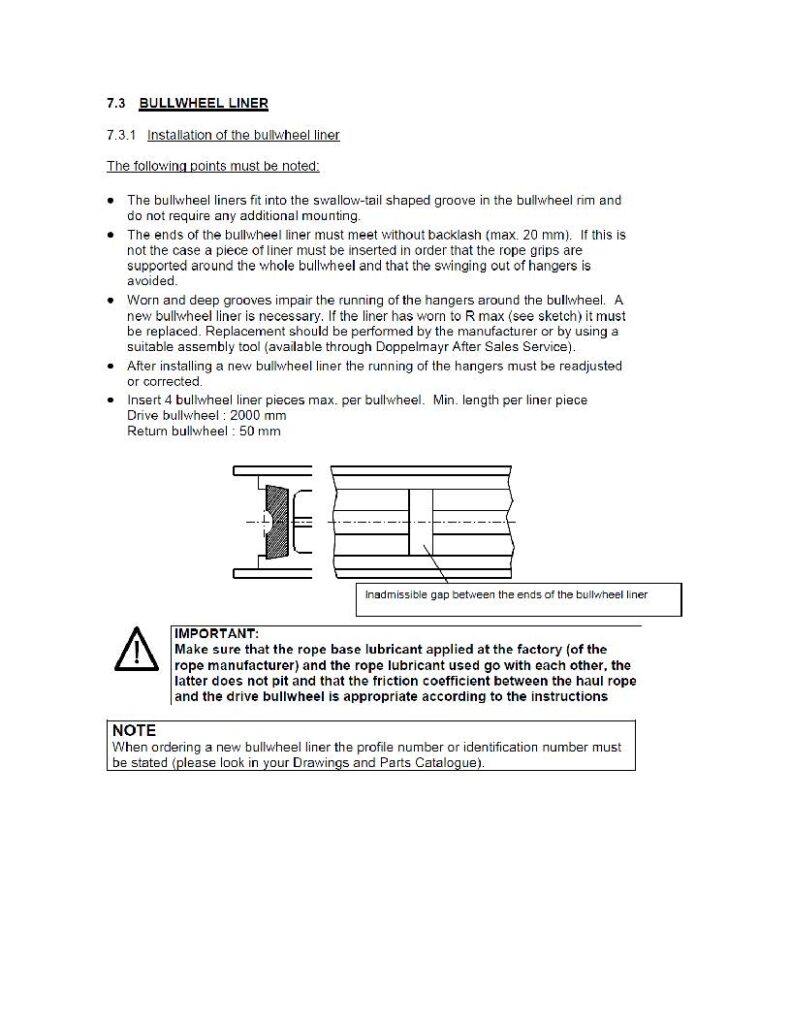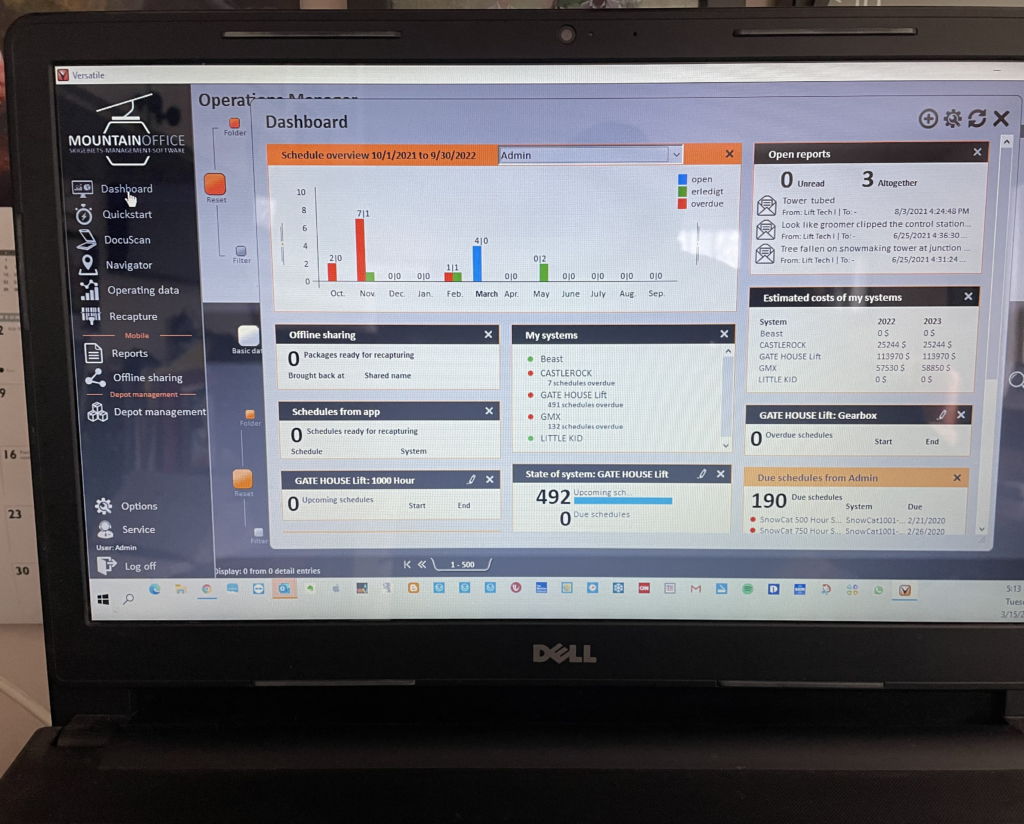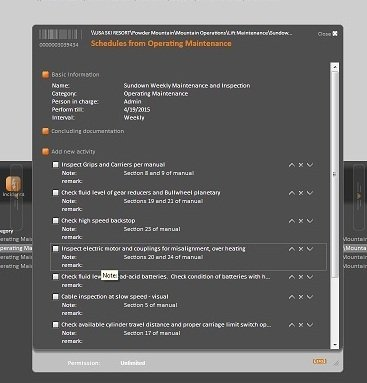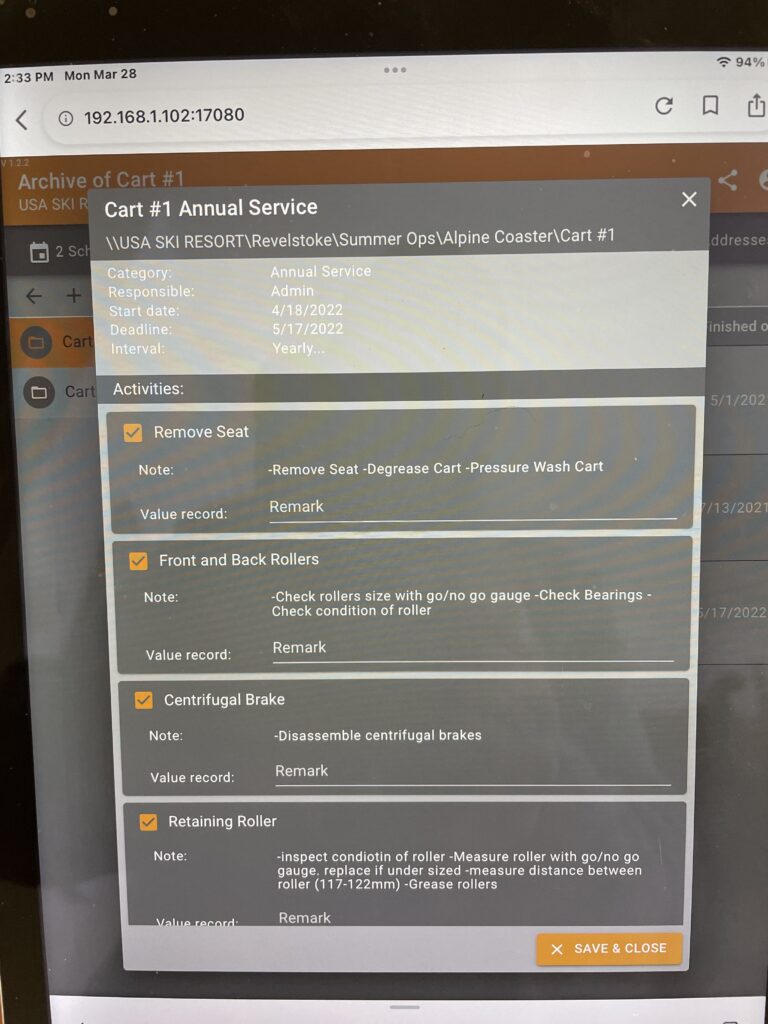As of late this summer, all ski resorts and areas now have a useful tool to implement a solid and well-structured lift maintenance training program. This tool is the NSAA LIFT MAINTENANCE TRAINING RESOURCE GUIDE. This 148-page guide is the culmination of significant effort by NSAA staff and volunteers in the ski industry. The idea of the guide to the actual publication took several years. It is a resource that must be used to raise the bar of lift maintenance throughout the ski resort industry.
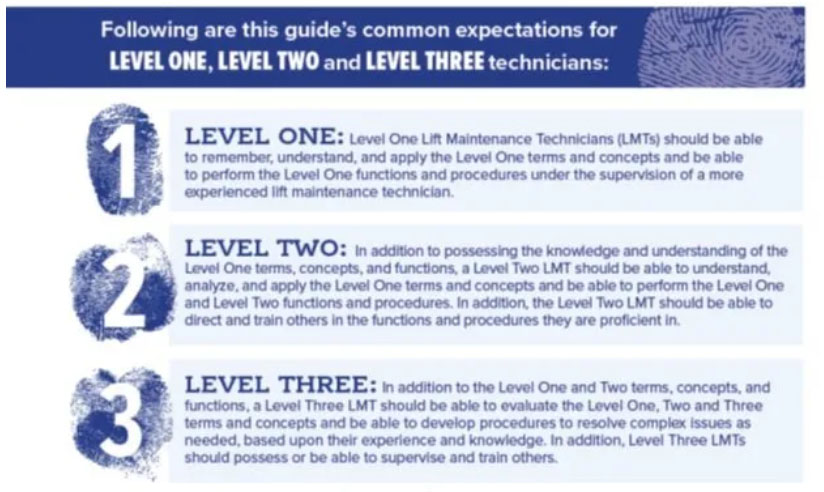
The most impactful element of the LMTRG is that it enables all ski areas, big and small, to build a unique and advantageous structure and training program for the ski area. The LMTRG, coupled with the other industry training opportunities, provides a solid core for establishing consistent and professional training across the ski industry.
It is essential for all Mountain Ops VP’s & Directors and Lift Maintenance Managers to review this document and either begin designing a training program, no matter how fundamental, or check an existing training program against what the LTMRG has suggested. As a profession, everyone is in this together, and the willingness to share information is very evident in the LMTRG. So, pick up the phone and reach out to similar ski areas such as yours and find one with a successful training program. Sharing has been fundamental in advancing this industry, and I am sure there is a willingness to share training protocols. Please embrace the Lift Maintenance Training Resource Guide.
